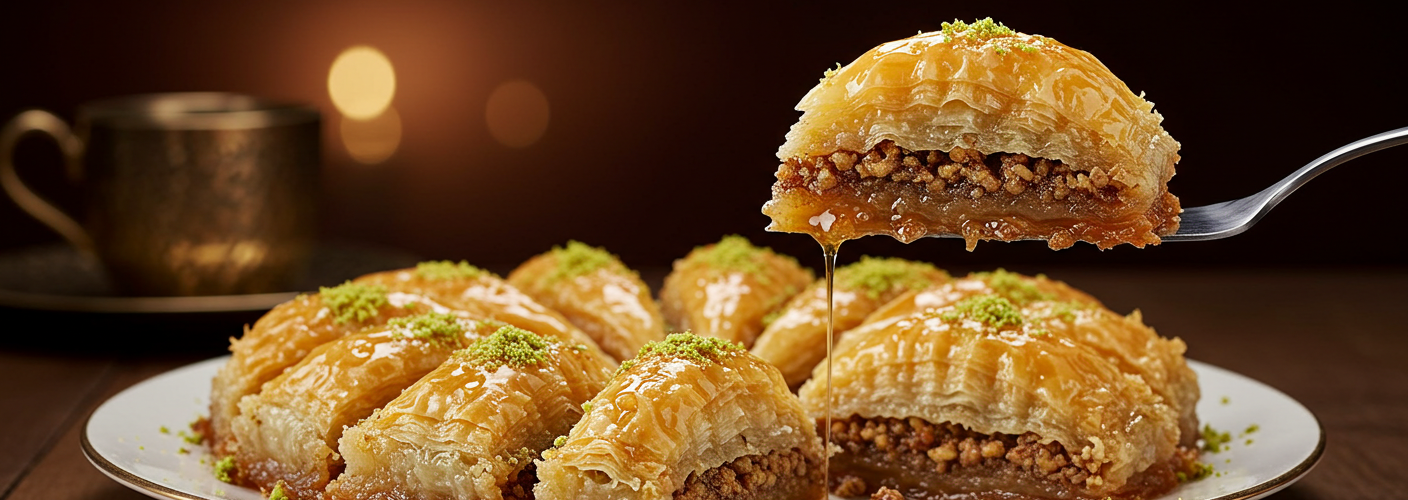Baklava, a delightful confection rooted deeply in Middle Eastern and Mediterranean traditions, has captured the hearts and palates of dessert lovers worldwide. Its sumptuous layers of crispy filo pastry, combined with rich nuts and a sweet honey syrup, create an orchestra of flavors and textures that make it irresistible.
The Art of Making Baklava
The process of making baklava is nearly as exhilarating as eating it. It begins with sheets of filo pastry, an extraordinarily thin dough that forms the foundation of the dessert. Handling filo requires finesse; the sheets are delicate and must be kept covered to prevent drying out.
Once the filo is ready, it’s brushed with melted butter or ghee before layering on a mix of finely chopped nuts, typically walnuts, pistachios, or almonds. Each nut lends its unique flavor and texture, contributing to the baklava’s complexity. Some variations even incorporate spices like cinnamon or cardamom, giving it an exotic twist.
The layering process is crucial. Bakers often use anywhere from 20 to 40 layers of filo, alternating with nut mixtures, which creates a beautifully contrasting combination of crunchy and soft textures. After completing the layers, the baklava is cut into diamond or square shapes, allowing the syrup to seep in perfectly.
The Sweet Finish
The pièce de résistance of baklava is undoubtedly the syrup. Made from sugar, water, and a hint of lemon juice, this syrup often includes honey to enhance its flavor. The baklava is baked until golden brown, and once removed from the oven, it’s carefully drenched in the warm syrup. Resting time allows the syrup to penetrate the layers, making each bite a delightful burst of sweetness.
A Tradition Rich in Culture
Baklava isn’t just a dessert; it’s a symbol of hospitality and celebration in many cultures. Often served during special occasions, family gatherings, and holidays, it reflects the warmth and generosity of those who prepare it. Every family may have its own twist on baklava, passed down through generations, making each variation a unique glimpse into personal traditions.
In Turkey, baklava enjoys a celebrated status, recognized as a national dessert. There, it’s customarily served with strong Turkish coffee, creating a delightful pairing of flavors. In Greece, baklava is often enjoyed with a scoop of ice cream or a dollop of whipped cream, adding a creamy contrast to the crispy pastry.
Conclusion
Whether you’re savoring it at a festive gathering or indulging in a quiet moment of solitude, baklava is a treat that brings joy. Its careful preparation, rich flavors, and cultural significance make it an extraordinary dessert that resonates across time and borders.
As you embark on your own baklava adventure, consider exploring various recipes to find your favorite combination of nuts, spices, and syrup. Don’t forget to serve it with a side of stories, sharing the rich history of this delectable pastry with friends and family. With each layer revealing a new taste and experience, baklava truly is a delicious gateway to culture and conviviality.




Add comment